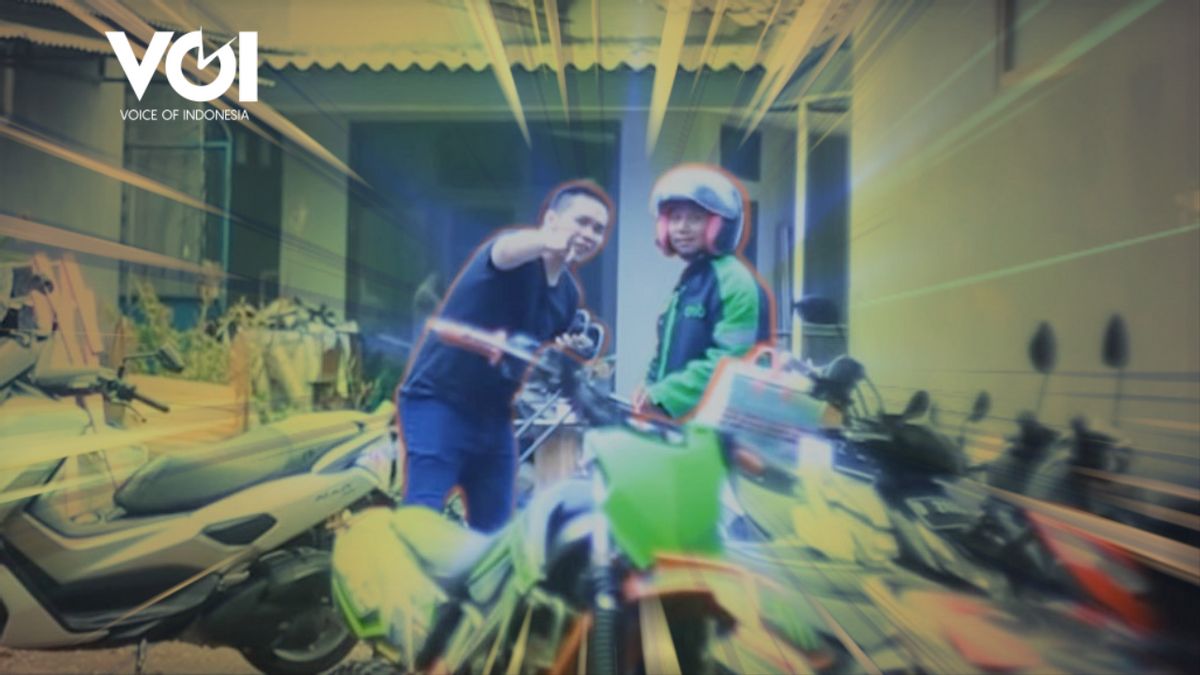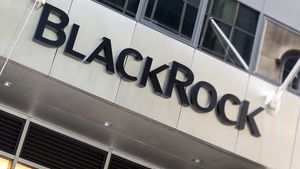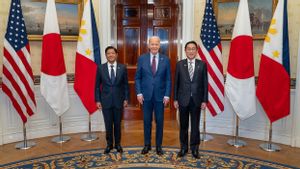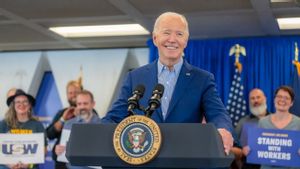
As we discussed in "Prank Ojol: YouTubers' Money Pouring Behind a Losing Driver," pranking ojol is a loss for them. The advantage, of course, is for YouTubers. Then, the holy reason behind pranks is bullshit. After all, in theory, pranks are never aimed at anything noble. The theory also shows that YouTubers have misrepresented pranks. This is a follow-up to VOI's Writing Series, "Prank! Prang! Prong!"
Sorry. The prank content creators in this country are not just ridiculous. Calling the creation of prank content based on something noble or the pretext of not taking any advantage of the prank content they make makes them look naive. Even worse, because they actually misinterpreted pranks. The fallacy that even comes to mind.
The Cambridge dictionary defines pranks as tricks used for the purpose of entertaining people. Noteworthy: entertaining. In other words, pranks are just entertainment. He never needs a noble element to fulfill moral values. And if it's not clear. The Cambridge Dictionary continues the definition of pranks: tricks that aim to entertain people and often make people look stupid. Does fooling people sound moralist?
If there is an accurate interpretation by YouTubers of pranks, it might be: fooling other people. Moira Marsh, through her book, Practically Joking (2015) further explains the meaning of prank. Marsh outlines the word prank as a synonym for practical joke, aka practical humor. Some pranks can also be made with long and short scenarios.
According to him, prank can be done by parties with an open identity or those who are anonymous and carried out privately or in a public space. Marsh also seems aware that many people misinterpret the definition of prank. In this book, Marsh describes the many prank practices as a factor in causing the word to escape its true meaning.
The most common mistake today, according to Marsh, is how people interpret pranks as just lies. It's as if lying is the sole trait of pranks. In fact, lying is not an important element in prank. Yes, even though there are elements. However, the main thing about prank is how a manipulation is able to generate trust - which is clearly false - in other people about something that is happening.
"A deliberate attempt by one or more people to create activities that lead people to create false beliefs about what is going on," Harsh wrote.
We put together a few manipulations that are classified as pranks. The spaghetti tree prank the BBC made on its broadcast, for example. In the broadcast, the BBC broadcast a picture showing a man harvesting spaghetti from a tree. The BBC's prank was thrown to celebrate April Fool's Day.
In addition, there are also pranks broadcast on black and white television in Sweden. The television makes a prank, how when the black and white television screen is covered with nylon cloth for some time, the screen will become colorful. There are many other pranks that are executed through the right definition and purpose: to change a person's belief in an existing reality. Our teaser videos, one of them, maybe?
VOI's technology development division continues to innovate. Introducing our latest breakthrough: Smellovision. Explore what we're doing: https://t.co/M2r1TIx9cJ#voi #voiceofindonesia #jurnalismerasa #ikutikami pic.twitter.com/obwebLypHF
- voi.id (@voidotid) December 10, 2019
Suing purpose
As explained above. Prank never needed moral frills in it. Even if there is a moralist element in pranks, we will not find a noble goal to be achieved in prank content on domestic YouTubers today.
Let us discuss their purpose. The goals we mean are twofold. Purpose in the sense of the reasons why YouTubers make pranks and to whom they are aimed at. With the two meanings above, neither one can emphasize the glory they bring in their prank content.
Goals in terms of the reasons YouTubers prank, for example. Remotivi media researcher Roy Thaniago says money speaks volumes for creating prank content. This is confirmed by the imitation behavior of many YouTube prank content creators in Indonesia.

"Rewarding is measured by the viewability. So, people will make the most excited, the most attention grabbing. He will do anything to create content that attracts a lot of viewers," said Roy.
Goals in the sense of prank targets too. We failed to find the noble purpose behind it. Roy even highlighted the element of intimidation against the lower classes. In the ojol prank, for example. Roy sued why YouTubers made ojol - which incidentally did not have great power - as their prank target.
"They (YouTubers) cannot justify that this prank is a good goal ... My assumption is that socially we think that there are certain economic classes that we can make content with in such a model," Roy told VOI, Tuesday, December 10.
"If he wants to be more critical with social experimentation, (it should be) to a more powerful group. Try the condition of the kelurahan, how do they serve residents. Or the police, (how to) serve reports. The results can be more critical to sue public services and so on," he added.
Follow this edition of Writing Series: Prank! Prang! Prong!
The English, Chinese, Japanese, Arabic, and French versions are automatically generated by the AI. So there may still be inaccuracies in translating, please always see Indonesian as our main language. (system supported by DigitalSiber.id)












